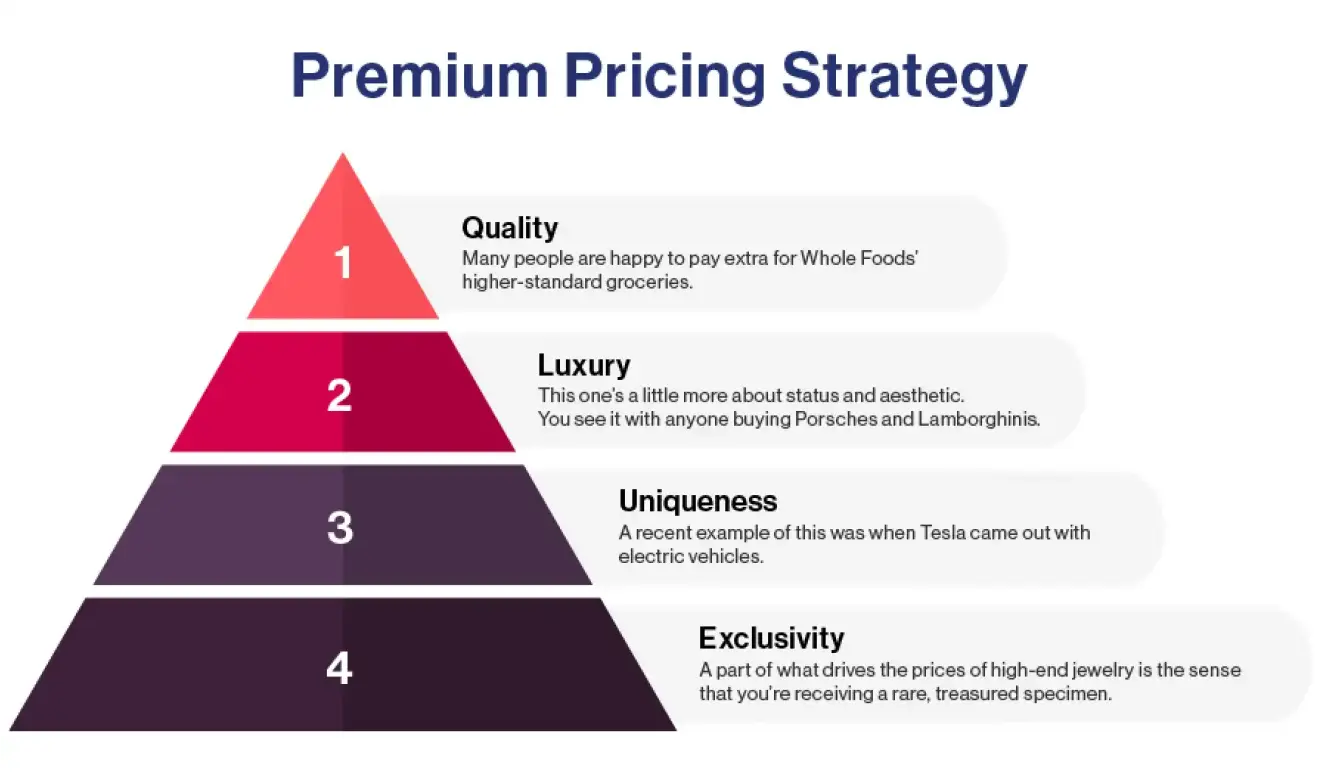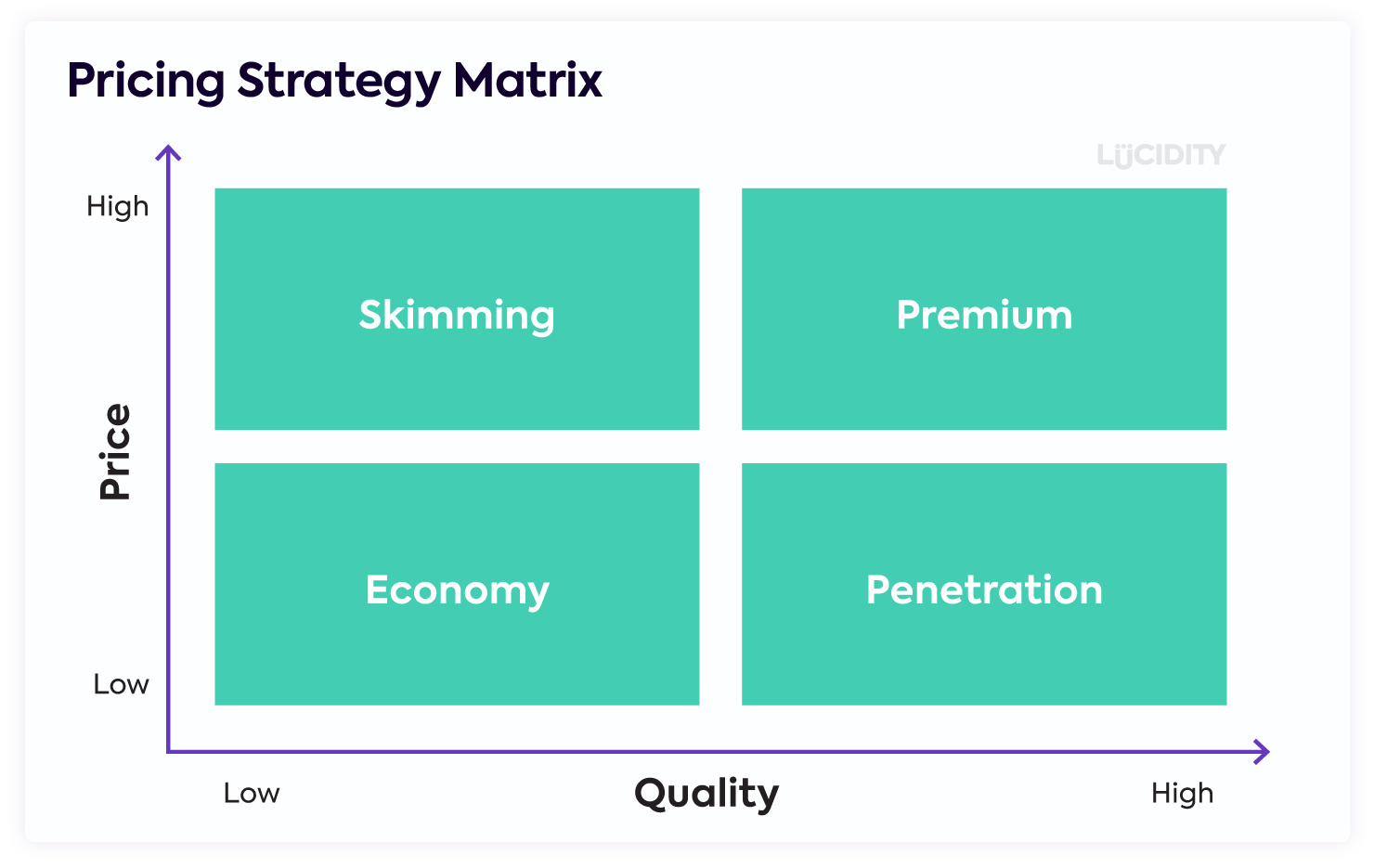Why Adaptability is Essential in Establishing Your Pricing Strategy
Wiki Article
Recognizing Rates Techniques: A Guide to Boosting Competitiveness
In a progressively affordable landscape, understanding pricing methods is necessary for organizations aiming to improve their market position. Various prices designs, such as cost-plus and value-based techniques, can dramatically influence just how a company interacts its worth proposition. Additionally, comprehending rival prices and the emotional elements that impact customer habits can create a nuanced approach to pricing that resonates with target audiences. The application of these methods is not simple-- there are critical considerations that could determine success or failing. What factors should be focused on to make certain efficiency in this dynamic atmosphere?Importance of Rates Techniques
In the competitive landscape of service, the importance of rates techniques can not be overstated. Pricing functions as an essential lever for organizations, affecting both market positioning and consumer assumption. A well-defined pricing approach can enhance success, drive sales, and establish an one-upmanship.
Comprehending customer actions is crucial in crafting rates methods. Insights into rate sensitivity, perceived worth, and competitive offerings permit businesses to adapt their prices models as necessary. Furthermore, routine assessment of rates effectiveness is required to reply to market characteristics and consumer fads.
Inevitably, a durable pricing method is essential not only for profits generation however also for long-lasting service stability. It shapes brand name identification, influences consumer loyalty, and plays an essential duty in the total advertising approach. Companies need to spend time and sources in developing and fine-tuning their prices approaches to prosper in an ever-evolving industry.
Types of Pricing Versions
Exactly how do organizations identify one of the most effective means to value their solutions or products? The response hinges on recognizing different pricing models, each fit to various market problems and business objectives.One prevalent version is cost-plus prices, where a set percentage is added to the overall cost of production. This method makes sure that all costs are covered while generating a profit. Alternatively, value-based prices concentrates on the perceived worth of the product to the consumer, enabling businesses to charge a costs based upon consumer need and contentment.
An additional strategy is dynamic pricing, typically used in industries such as traveling and friendliness. This version readjusts rates in real-time based on market need, rival prices, and other outside elements. Penetration pricing is additionally significant, where companies initially set lower rates to get in an open market and gain market share, later increasing prices when a customer base is developed.
Finally, skimming pricing includes setting high first costs for ingenious or new items, capitalizing on early adopters prior to reducing prices with time. Comprehending these this contact form versions allows services to strategically position themselves in the industry, aligning their rates methods with their overarching objectives.
Analyzing Competitor Prices
Comprehending competitor pricing is a vital element of formulating an effective pricing technique. Organizations has to perform detailed evaluations of their rivals' rates frameworks to determine market positioning, evaluate potential threats, and uncover opportunities for differentiation. This requires gathering data on competitors' prices, advertising approaches, and any type of incentives or price cuts they use.Assess their prices models, including any kind of tiered pricing systems, subscription fees, or mass discount rates - Pricing Strategy. Understanding the rationale behind these rates strategies can give insights into customer behavior and choices.
Think about the ramifications of rival prices on your worth proposal. If competitors use comparable items at lower prices, you may need to emphasize unique selling points or improve client service to warrant your prices.
Eventually, examining rival rates not just informs pricing decisions but also helps services stay affordable in a constantly evolving market landscape.
Psychological Pricing Strategies
visit this site Mental rates strategies utilize consumer psychology to influence acquiring decisions and boost the perceived value of products. These techniques are grounded in the understanding of just how customers process valuing info and the emotional responses that accompany it. One usual technique is charm pricing, where rates are set just listed below a round number, such as $9.99 rather than $10.00. This strategy exploits the tendency of customers to view prices as less than they in fact are, motivating impulse purchases.An additional efficient approach is eminence pricing, where greater costs are connected with better. This method charms to consumers' wish for standing and exclusivity, placing products as premium offerings. Additionally, bundling products with each other at a discounted rate can create a feeling of value, triggering consumers to purchase greater than they at first meant.
Deficiency rates, which emphasizes limited availability or time-sensitive offers, can likewise activate necessity, pushing consumers to act promptly. By recognizing and using these emotional rates methods, organizations can efficiently shape consumer perceptions, drive sales, and inevitably boost competition in the market.
Implementing and Adjusting Strategies

As soon as information is collected, organizations should assess their prices designs versus existing market problems. This may entail adopting dynamic pricing site web techniques that enable real-time adjustments based upon supply and need fluctuations. Companies should also think about segmenting their market to tailor prices for different customer groups, enhancing perceived worth and driving sales.
Consistently reviewing pricing techniques is vital. This can be accomplished through A/B testing or client comments, which offers insights into the effectiveness of present prices. Furthermore, services need to continue to be adaptable to adapt to unpredicted adjustments, such as financial slumps or emerging competitors.
Final Thought
Finally, effective rates approaches act as a critical part for businesses intending to improve competitiveness in a fluctuating market. By leveraging numerous prices models, examining competitor pricing, and using mental strategies, companies can much better position themselves and communicate worth to consumers. In addition, routinely adjusting these methods in reaction to market dynamics and customer behavior is important for guaranteeing lasting sustainability and earnings, eventually driving sales and fostering client loyalty.In a significantly competitive landscape, understanding prices methods is important for services aiming to improve their market placement. Understanding competitor pricing and the emotional facets that affect consumer actions can create a nuanced approach to rates that resonates with target audiences.Comprehending rival prices is a crucial element of formulating an effective rates method. Examine their prices models, consisting of any type of tiered prices systems, subscription fees, or bulk price cuts. By leveraging numerous pricing models, analyzing rival prices, and employing emotional methods, business can much better place themselves and connect worth to customers.
Report this wiki page